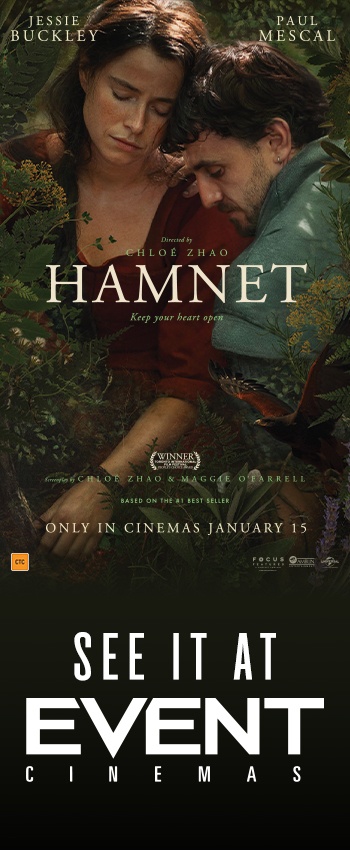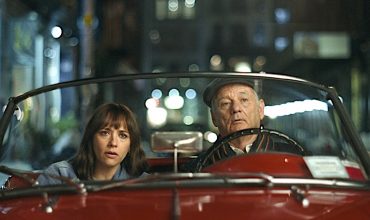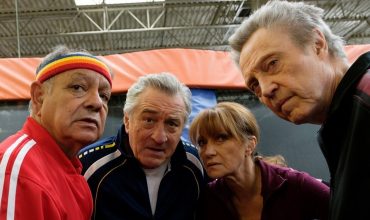Marie Curie, as the world knows her, was born Maria Sklodowska in Warsaw in 1867. She came from a family who strongly believed in education. Her mother was a secondary-school teacher and her father, a physics tutor, gave her scientific training. She was a brilliant student who went to Paris to study physics and the mathematical sciences. There, she met Pierre Curie, Professor in the School of Physics and they were married in 1895.
Marie and Pierre were inspired by Henri Becquerel’s recent discovery of radioactivity and created a scientific partnership to discover more about it. They laboured in cramped and poor laboratory premises. Here they crushed tons of the mineral pitchblende by hand and refined it, eventually isolating the chemical elements radium and polonium. This won Marie and Pierre the 1903 Nobel Prize for Physics. Exposure to the radioactivity of the elements they discovered, affected their health and eventually killed Marie. Not a spoiler, this is a well-known historical fact.
Marie Curie is an icon of science for furthering our knowledge into radioactivity. For the last century, she has been an inspiration for women in science. She is a major historical figure and clearly deserving of a biopic. There are, in fact, three other movies that have attempted to tell Curie’s story. MADAME CURIE (1943) starring Greer Garson, LES PALMES DE M. SCHUTZ (1997) starring Isabelle Huppert and MARIE CURIE: THE COURAGE OF KNOWLEDGE (2016) starring Karolina Gruszka. RADIOACTIVE is the first English language version of the story since the 1943 film.
Unfortunately, RADIOACTIVE is not a particularly engaging nor insightful biography. The performances of the lead roles are fine; Rosamunde Pike is solid as Marie and Sam Riley does good work as Pierre. The story-telling itself is where the problem lies. The scenes that are dramatised to show the various aspects of Marie’s life such as her Polish girlhood, the struggles with France’s scientific establishment, the relationship with Pierre and her role as a parent, don’t knit together as a narrative. The choice has been made to jump backward and forward within Marie’s timeline and then to intertwine it with future scenes not directly connected to her biography. Thus, we are shown how radioactivity affected people in future events like the atomic bomb dropped on Hiroshima and the nuclear accident at Chernobyl.
Director Marjane Satrapi, working from a Jack Thorne screenplay, has numerous scenes employing deliberately non-naturalistic visual techniques. More than once, there is a montage where the light of the sun, or electric lamps, and the movement of people, or atoms, is linked and soundscaped to move us beyond mundane linear events and into an artistic expression of the power of radioactivity. This comes off as confusing rather than enlightening or inspiring, more like music video than something greater.
The film is adapted from the Lauren Redniss book Radioactive: Marie & Pierre Curie: A Tale of Love and Fallout and this seems to be the springboard for the visuals. The book is an artistic graphic novel that has been feted by critics for the beauty of its illustrations and the depth and breadth of where the story travels. Given Marjane Satrapi’s own work as a cartoonist and illustrator, who brilliantly adapted her graphic novel Perseopolis into an animated film in 2007, it seems likely that she was seeking a way to transfer the unusual power of Radioactive the book into a movie that is much more than a realistic drama. Unfortunately, the experiment doesn’t work.
Because of the talents involved some of the scenes have an emotional depth, this is particularly in the later World War 1 section. There are interesting moments where Curie is dealing with adverse publicity after revelations about her private life. The idea is examined that this taught her how to use her fame as political influence, but this is quickly dropped. We get some sense of who Marie Curie was and what she did; the film delivers us glimpses of her extraordinariness, but overall there are too few of these.
RADIOACTIVE runs for 109 minutes. Rating (5.5/10)




